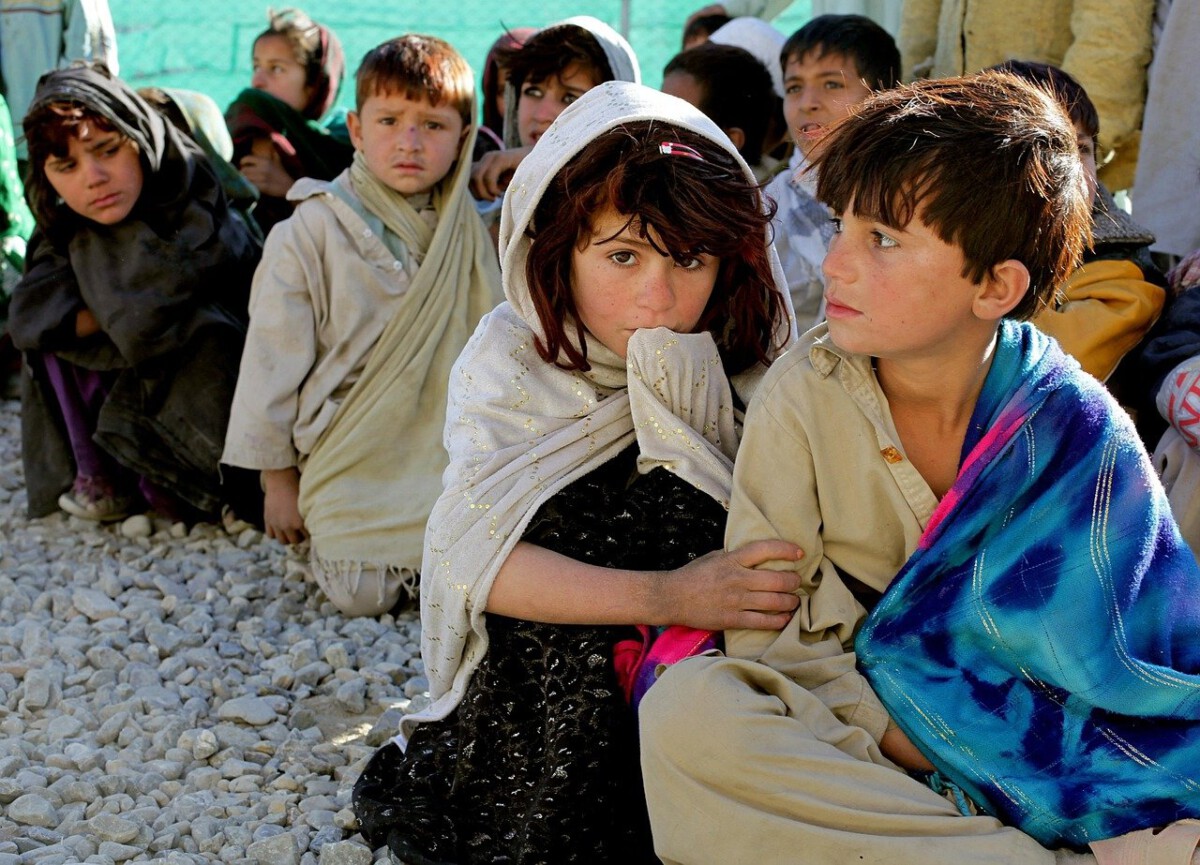Finland: The Pinnacle of Happiness

Finland remains a beacon of joy, leading the World Happiness Report for yet another year with a remarkable score of 7.8 out of 10. This small Nordic nation stands out for its social support systems, government transparency, and trust among neighbors. In 2024, a survey showed that 85% of Finns feel a genuine sense of belonging in their communities, a feeling that many say is essential for happiness. Universal healthcare and free education ensure that the basics are covered for everyone, reducing stress and anxiety for families. The Finnish love for nature isn’t just a cliché—most citizens spend weekends hiking, skiing, or relaxing by the lakes, which is almost like pressing a collective reset button. As one resident recently explained, “Happiness is not a goal; it’s a way of life,” and it’s clear the country’s culture makes this a reality. Finland’s work-life balance is admired worldwide, with most people never dreaming of checking emails at midnight or missing out on their summer cottage escapes.
Denmark: A Model of Contentment

Trailing closely behind Finland, Denmark boasts a happiness score of 7.6 and continues to impress with its unique blend of security and comfort. The Danish welfare system is legendary, offering citizens free healthcare, education, and generous parental leave that helps take the edge off life’s uncertainties. In a recent poll, 78% of Danes said they were satisfied with their lives, which is no small feat in today’s world. The Danish concept of “hygge”—finding joy in coziness and simple pleasures—runs deep in everyday life, shaping everything from their candle-lit dinners to workspaces filled with plants and soft lighting. Trust is a recurring theme: Danes trust their government, their neighbors, and even strangers to a degree that might shock folks from elsewhere. As one local put it, “We prioritize happiness, and it shows in our daily lives.” This combination of trust, comfort, and community creates a foundation that many countries only dream of.
Switzerland: Wealth and Well-Being

Switzerland manages to weave together economic strength and personal happiness, achieving a score of 7.5. The Swiss enjoy one of the world’s most solid economies, with low unemployment rates and an array of high-quality public services that many nations envy. In a recent study, 90% of Swiss citizens reported feeling safe in their neighborhoods, a sense of security that can’t be underestimated. Natural beauty is everywhere you look, from snow-capped Alps to crystal-clear lakes, and outdoor activities are practically a national pastime. “Nature is our therapy,” said a local, summing up how hiking, skiing, and simply being outdoors are vital to their sense of well-being. The Swiss work hard, but never at the expense of their personal lives—balance is everything. Their commitment to both privacy and community creates a sense of calm and control that’s hard to find elsewhere.
Iceland: Community and Connection

Iceland, with a score of 7.4, stands out for its powerful sense of community and togetherness. Living on an island with a small population has its perks—about 75% of Icelanders report having someone they can count on in tough times. Gender equality and social justice aren’t just buzzwords here; they’re lived values, contributing to a collective sense of fairness and support. According to a recent survey, 80% of citizens are satisfied with their lives, often pointing to the nation’s friendly, supportive atmosphere as the key. “We’re all in this together,” an Icelandic local shared, reflecting a spirit that’s both comforting and energizing. Outdoor adventure is part of the Icelandic soul, with geothermal pools and dramatic landscapes offering both solace and excitement. Even in the depths of long, dark winters, Icelanders find warmth in community events and shared experiences.
Netherlands: A Happy Balance

With a happiness score of 7.3, the Netherlands shines as a place where progressive policies and practical living intersect. Dutch people benefit from excellent healthcare, strong education, and a robust social safety net that helps everyone feel secure. A 2024 study revealed that 76% of Dutch citizens feel they have control over their own lives—a powerful ingredient for happiness. Cycling isn’t just a way to get around; it’s a symbol of their healthy, balanced lifestyle. The Dutch work culture puts a real emphasis on work-life balance, allowing for flexibility and plenty of time for personal and family pursuits. “We value our freedom and our time,” said one resident, underscoring the national mindset. Social connections matter deeply here, and neighbors often gather in parks or cafés, making the most of life’s simple pleasures.
Norway: Nature and Nurture

Norway, with a score of 7.2, is proof that a strong link to nature can shape a nation’s mood and mindset. Norwegians are famously outdoorsy, and an impressive 82% say they feel deeply connected to nature—a connection that’s encouraged by the country’s breathtaking fjords and forests. The Norwegian welfare system ensures that healthcare and education are accessible to all, leveling the playing field and reducing daily stress. Equality and fairness are central values, and social justice isn’t just an aspiration but an expectation. “Nature is our playground,” a Norwegian remarked, and it’s not uncommon to see families hiking, skiing, or simply enjoying the outdoors together. Community networks are strong, providing support during tough times and celebration during the good. The result is a society that feels both nurtured and free.
Sweden: A Focus on Equality

Sweden rounds out the happiest countries with a score of 7.1, fueled by its unwavering commitment to equality and inclusivity. The Swedish welfare state is renowned for providing comprehensive healthcare and education, ensuring that no one is left behind. A recent poll found that 79% of Swedes are satisfied with their lives, and many attribute this to a strong sense of social cohesion. The cultural concept of “lagom”—not too little, not too much—shapes everything from work habits to family life, promoting a sense of balance and moderation. “We strive for balance in everything we do,” a local explained, highlighting the Swedish approach to happiness. Outdoor life is treasured, with forests and lakes offering endless opportunities for recreation and relaxation. Family and friends are central, and the country’s supportive policies make it easier to enjoy time together.
The Saddest Country: Afghanistan

Afghanistan sits at the bottom of the World Happiness Report, with a score of just 2.5—a stark reminder of the toll that conflict and instability take on a society. Years of war, economic collapse, and the lack of basic services have left deep scars, both physically and emotionally. Over 70% of Afghans now live below the poverty line, according to a 2024 report, making everyday survival a constant struggle. Access to education and healthcare is severely limited, and many families have lost hope for a better future. “We have lost hope,” said one Afghan resident, capturing the despair that is all too common. The ongoing humanitarian crisis continues to undermine any chance for happiness or stability. Life for most Afghans is marked by uncertainty, fear, and a longing for peace that never seems to come.
The Second Saddest: South Sudan

South Sudan follows closely as one of the saddest places on earth, with a happiness score of 3.0. This young nation has been wracked by civil war, displacement, and persistent hunger, creating a humanitarian crisis that leaves little room for joy. A staggering 60% of the population is food insecure, and basic healthcare is out of reach for most families. Recent studies reveal that over 80% of South Sudanese feel anxious about their future, a testament to the country’s ongoing instability. “Every day is a struggle,” a local citizen explained, underlining the sense of constant adversity. Violence and a lack of security are part of daily life, with many communities living in fear of the next crisis. The challenges here are enormous, making happiness a distant dream for most.
The Third Saddest: Central African Republic

The Central African Republic rounds out the list of the saddest countries, with a happiness score of 3.1 and a population battered by ongoing conflict and political chaos. Violence and instability are everyday realities, and a recent survey showed that 70% of citizens feel unsafe in their own neighborhoods. Access to basic services like healthcare and education is minimal, leaving many families to fend for themselves. “We live in fear,” said a resident, expressing the anxiety and uncertainty that dominates life here. Years of violence have eroded trust in institutions and neighbors alike, making community support hard to find. The humanitarian crisis continues to worsen, overshadowing any hope for happiness or normalcy in daily life.








